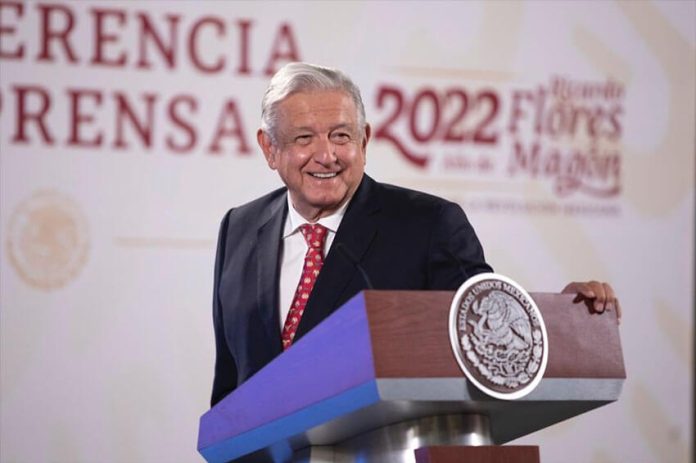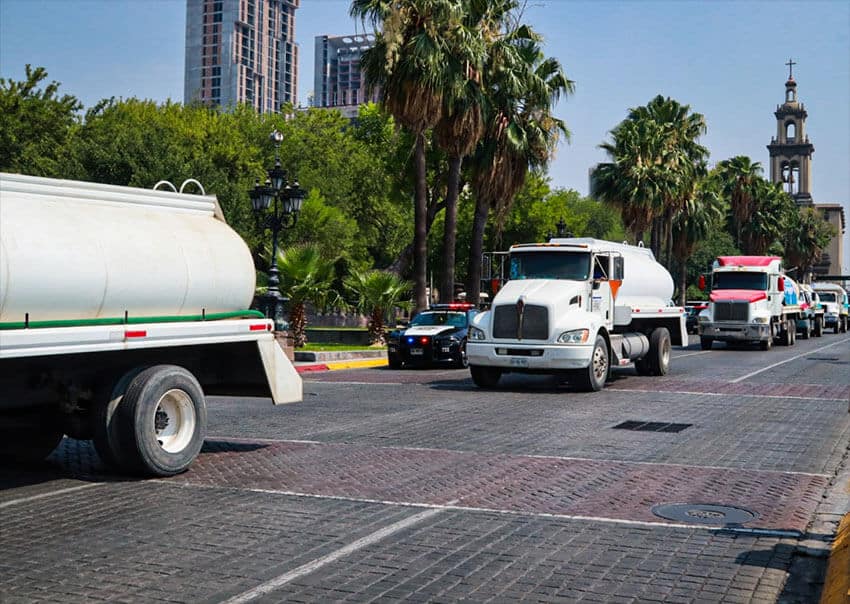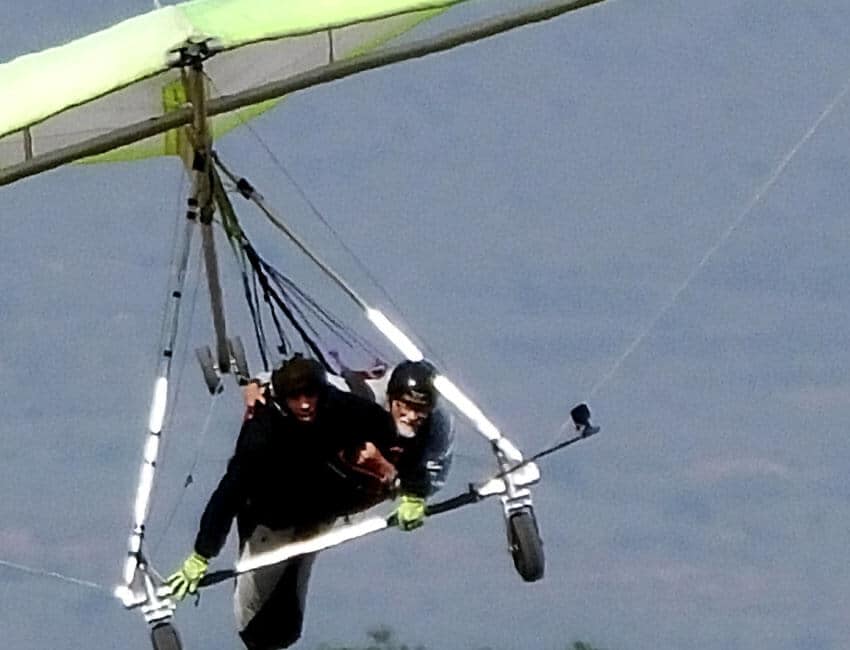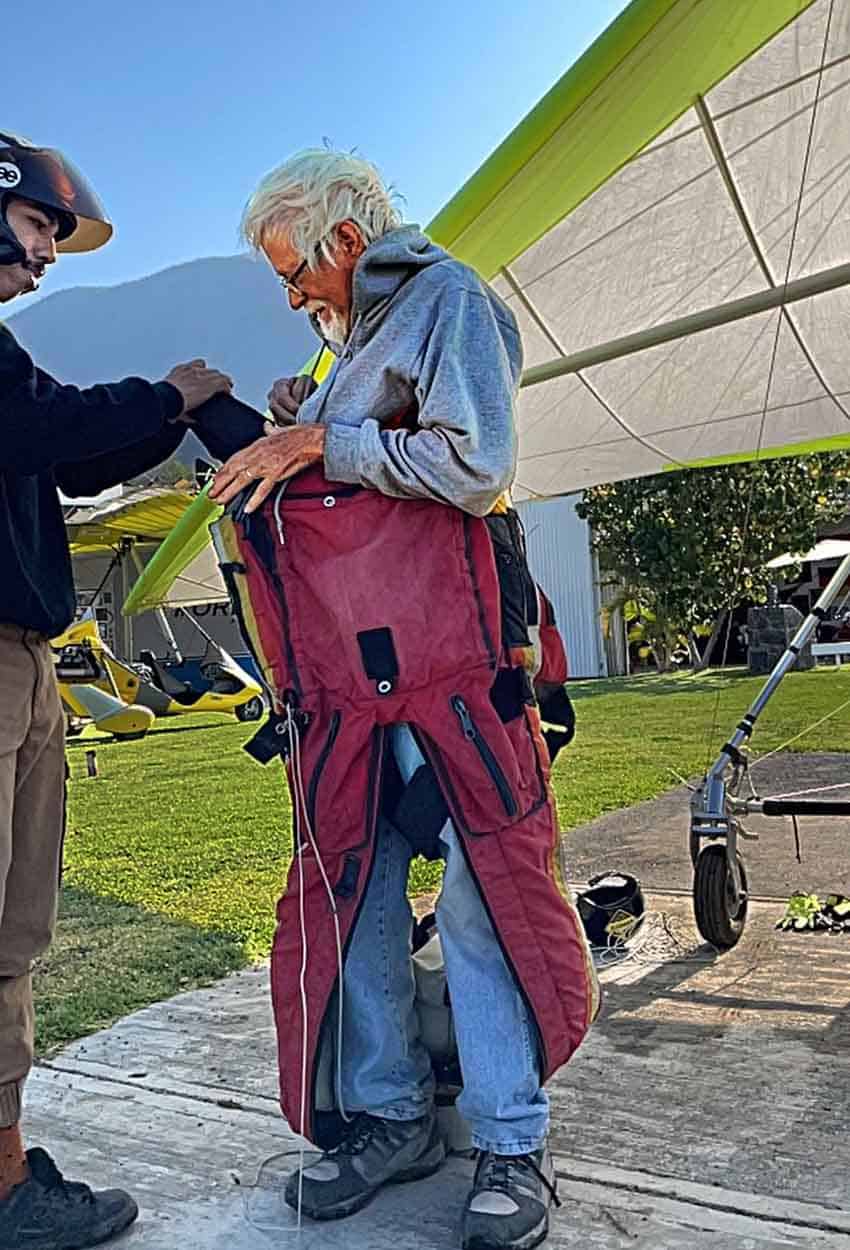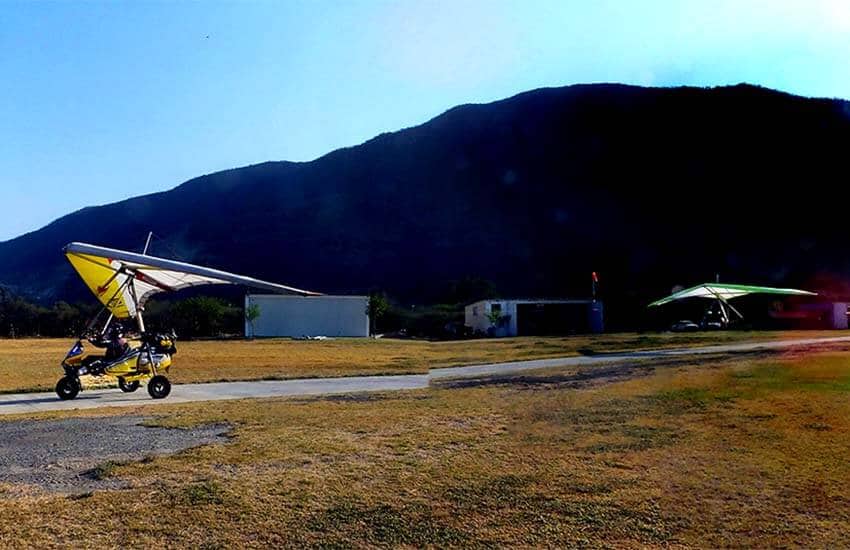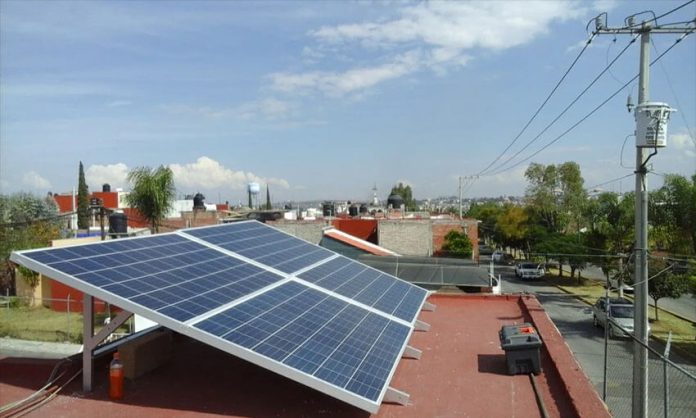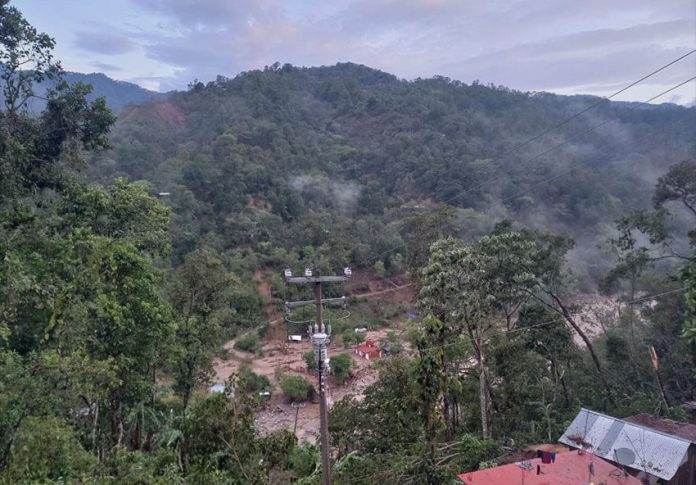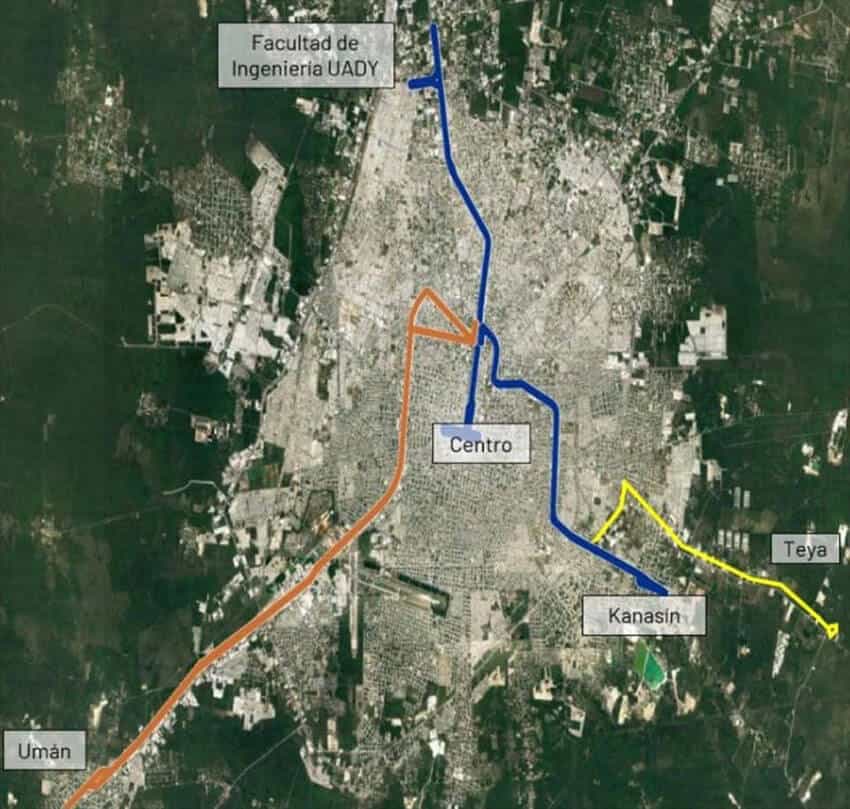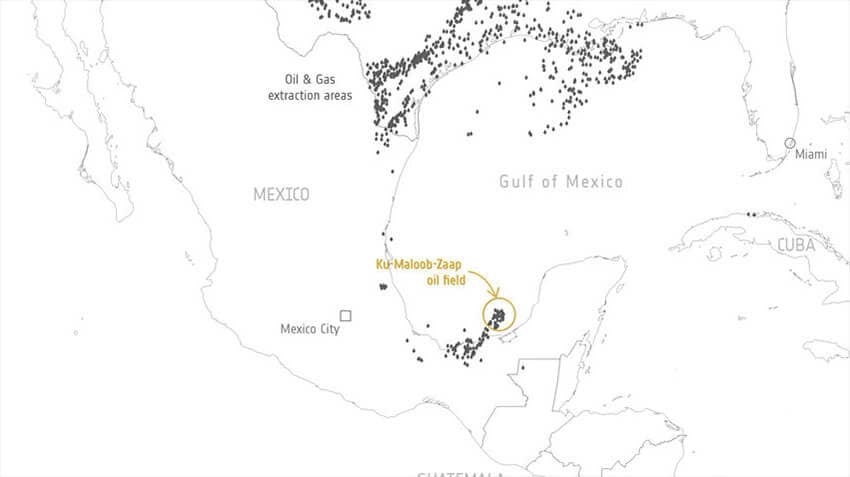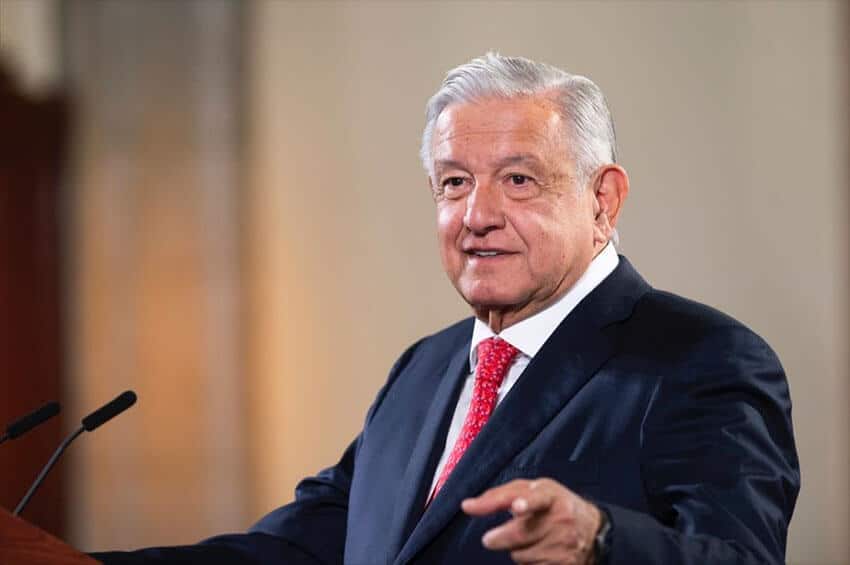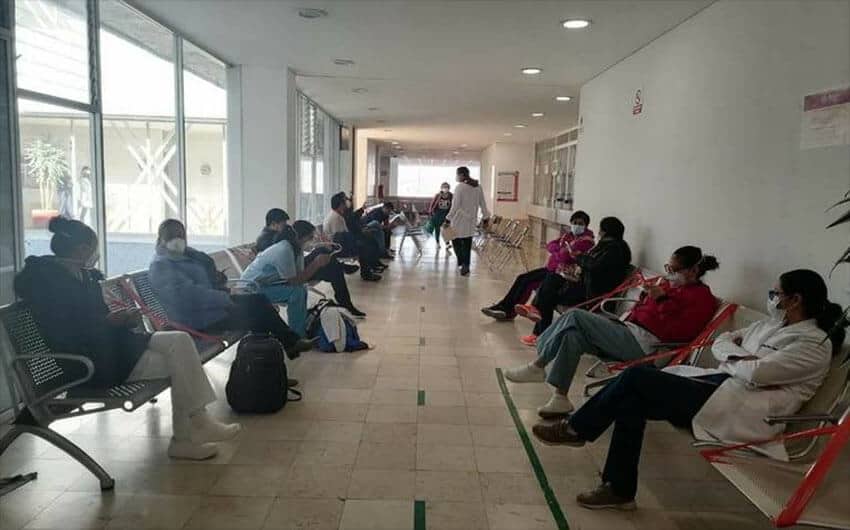My first exposure to this soft, fresh cheese was in East Indian cooking, where paneer is used in a myriad of innovative ways in a host of vegetarian recipes. I learned to love its fresh, milky-sweet taste, and when I moved to Mexico, discovering queso fresco was a delicious surprise.
While you can easily make it yourself (see recipe below), if you’re in Mexico, you can find lovely fresh-made queso fresco at mercados and small tiendas everywhere. Sold in different-sized rounds, often with imprints of the baskets or strainers they were set in, in its original form, this delicate cheese is soft and moist.
I’d avoid buying it packaged in bigger grocery stores; when it’s commercially made and sold, all the qualities you’re looking for are lost. Lorena, the bubbly proprietress at my favorite tiendita, gets deliveries from a small dairy in the nearby foothills three times a week. It’s a little too salty for my taste, so I put the little round in a covered glass container of water overnight in the fridge and then the saltiness is rinsed away.
Queso fresco is a simple farmer’s cheese; you just curdle the milk with a mild acid like lemon juice or white vinegar, and there you have it. At that point, the curds (remember Little Miss Muffet eating her curds and whey?) will separate from the whey, and you can either eat them fresh and soft or drain and press the curd into a more solid form that can be cut into cubes or slabs. It’s not complicated at all, and the trickiest thing is not burning the milk as you heat it to the right temperature.

In Mexican cuisine, queso fresco (which literally means “fresh cheese”) is what’s crumbled atop tacos, enchiladas, enmoladas and soups, balancing spicy flavors with its fresh, mild taste. It’s a non-melting cheese, different in flavor than cotija, another unaged Mexican cheese that’s much more salty and tangy. I also crumble it over salads, but my favorite way to eat it is for breakfast, in a bowl with fresh cut-up pineapple and bananas, drizzled with honey.
Firm-pressed slices can be grilled and then used in sandwiches or tacos; or cut the pressed queso fresco into cubes and add to stir-fries or tacos.
Because it’s a fresh cheese with no preservatives, you’ll want to use it within 4–5 days of purchase. I never have to worry about that because in my house it doesn’t last that long.
Homemade Queso Fresco
Don’t substitute lime juice — the flavor is too pronounced.
- ½ gallon whole milk, not ultra-pasteurized
- 1/3 cup fresh lemon juice OR 1/3 cup white vinegar
- Salt
Line a colander with four layers of cheesecloth or two layers of food-safe paper towels; set over large bowl. Heat milk over medium-low heat, stirring frequently, until it reaches 165 F to 180 F on an instant-read thermometer.
Add the lemon juice or vinegar 1 Tbsp. at a time, stirring gently after each addition; stop adding when curds separate from the whey. (White curds will be floating in translucent whey.) Let sit uncovered at least 5 minutes and up to 20 while separation finishes.
Using a slotted spoon, transfer curds to prepared colander; drain until desired texture is reached, about 20 minutes if using for pressed cheese or an hour for fresh curds. Gently stir in salt to taste.
For pressed cheese, gather curds into a ball in the cloth and press into a hockey-puck shape. Tie the cloth closed around the cheese; place back in colander and put a heavy can on top to press. Let sit until cheese reaches desired texture, about 1.5 hours. —www.seriouseats.com
Breakfast Migas
- 3 Tbsp. olive oil
- 6 large eggs
- ½ tsp. coarse salt
- 8 corn tortillas, cut into eighths
- Toppings: chopped cilantro, diced tomatoes, queso fresco

Heat oil in large nonstick skillet over medium-high heat. Whisk eggs in medium bowl; set aside.
Add tortillas to skillet; fry until crispy, 6–8 minutes. Fold in eggs and salt. Cook 2–4 minutes, until eggs are fully cooked. Remove from heat, taste and season. Serve topped with crumbled queso fresco, cilantro and tomatoes.
Easy Butter Paneer
- 4 Tbsp. unsalted butter
- 1 cup sliced white onion
- 3 Tbsp. minced or grated ginger
- 1 jalapeno, sliced
- Salt
- 1 (28-ounce) can whole peeled tomatoes
- ½ tsp. cinnamon
- 3 Tbsp. honey
- ¼-½ cup heavy cream, to taste
- 1 bunch spinach, blanched, drained, and chopped OR 10 oz. frozen spinach, thawed and drained
- 1 lb. pressed queso fresco (paneer), diced into small cubes
- ¼ cup chopped fresh cilantro leaves
In medium saucepan, melt butter over medium heat. Stir in onions, ginger and jalapeno. Sprinkle with ½ tsp. salt. Cook, stirring occasionally, until onions soften 5–7 minutes. Add canned tomatoes, cinnamon and honey. Cut tomatoes slightly with a wooden spoon; cook uncovered, stirring occasionally, until thickened, 10–15 minutes.
Transfer sauce to blender; carefully purée on high speed until very smooth, about 1 minute. Wipe saucepan clean; pour sauce through a fine-mesh strainer back into pot. Add salt and cream to taste. Stir spinach and half the cilantro into sauce; gently fold in cheese, taking care not to break the cubes. Heat 5 minutes, sprinkle with remaining cilantro and serve.
Scrambled Eggs with Queso Fresco
- 2 large eggs
- 1 tsp. butter
- ¼ cup crumbled queso fresco
- Salt, to taste
In a bowl, whisk eggs. Heat butter in a skillet. Add eggs, stirring gently. When eggs begin to firm, stir in cheese and cook another 10-20 seconds.
Lime-Avocado Soup
A great recipe for using leftover chicken.
- 2 skinless, boneless chicken breasts
- 1 Tbsp. olive oil
- 1 large white onion, chopped
- 3 limes, juiced
- 1 cup chopped cilantro
- 2 jalapeños, halved, thinly sliced
- 3 cloves garlic, minced
- 4 cups chicken broth/stock
- 3 avocados, cut into chunks
- ¼ cup crumbled queso fresco
Poach chicken 7–10 minutes till no longer pink. Drain and cool. Shred and set aside.
Heat oil in large pot over medium heat. Add half the onion, garlic, lime juice, ½ cup cilantro, jalapeño. Sauté 5 minutes. Add chicken broth/stock to pot. Cook 5 minutes; add chicken and heat. Top with remaining onion, cilantro, avocado and queso fresco.
Janet Blaser is the author of the best-selling book, Why We Left: An Anthology of American Women Expats, featured on CNBC and MarketWatch. She has lived in Mexico since 2006. You can find her on Facebook.

